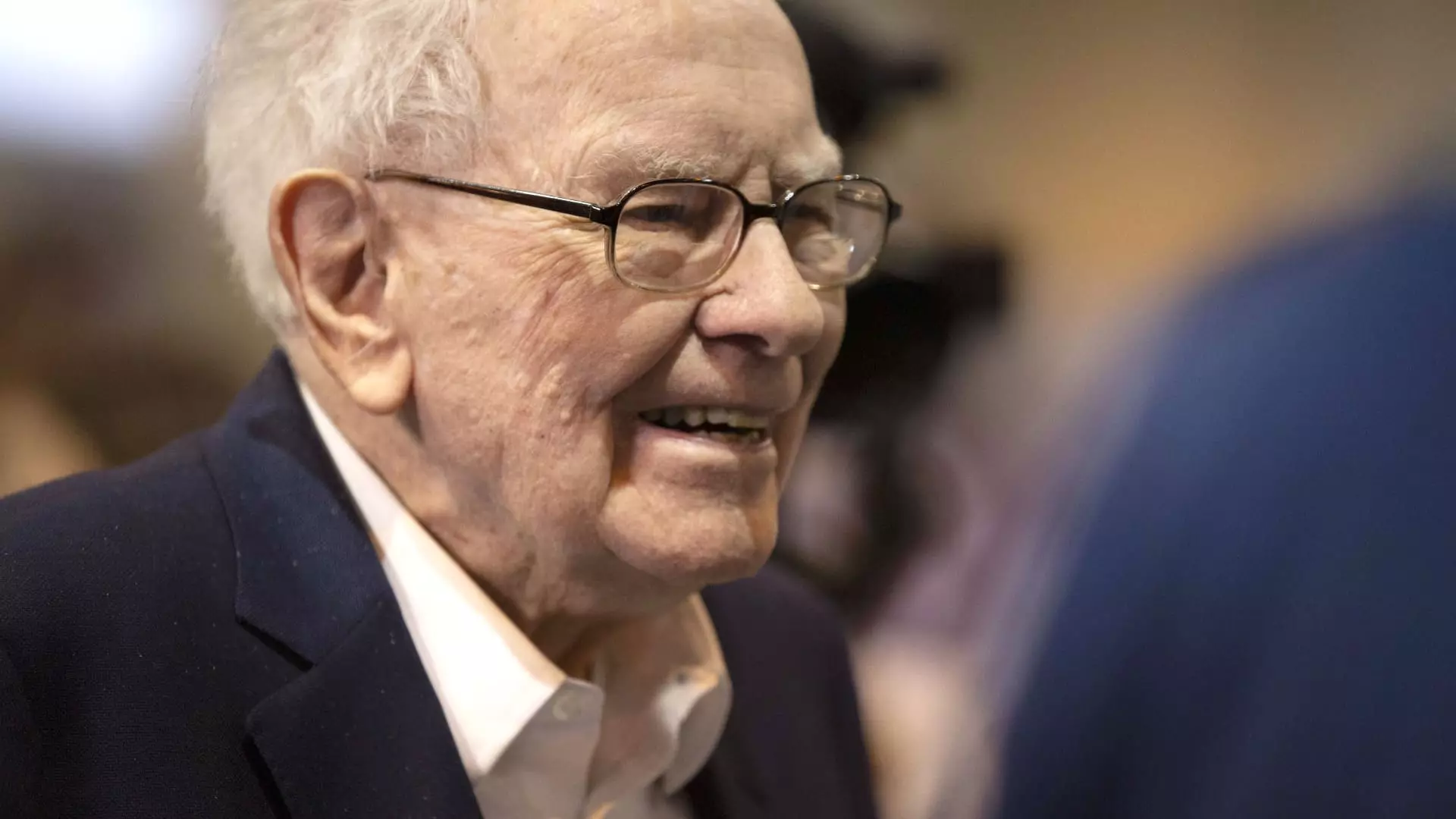Warren Buffett’s investment maneuvers have long been scrutinized and admired, positioning him as one of the truest titans in the realm of finance. Yet, as of late, his traditionally bullish approach is increasingly perplexing. This article aims to unpack the recent developments surrounding Buffett’s strategies, specifically his unexpected conservatism with investments, despite prevailing market optimism.
In his recently released annual letter to shareholders, Buffett disclosed a staggering cash pile amounting to $334 billion, a record for Berkshire Hathaway. Traditionally, the Oracle of Omaha champions the equities market, but his decision to increasingly offload stock—over $134 billion sold in 2024 alone—has caused considerable speculation about the underlying motivations driving such a cautious approach. This especially raises eyebrows given that these sales are part of a continuous trend, marking nine successive quarters of net equity sales.
Buffett has famously emphasized investment in strong businesses over mere cash ownership, yet his actions reveal a growing preference for liquidity at a time when cash reserves could be strategically deployed in equities with the anticipation of a market rebound on the horizon. Critically, his decision to sell portions of significant equity holdings in Apple and Bank of America—the company’s largest stakeholders—raises questions about market valuations and Buffett’s perceived lack of viable investment opportunities.
One of the most telling aspects of Buffett’s letter is the apparent contradiction within his messaging. While he reassures shareholders of his enduring preference for equities, articulating that “the great majority of your money remains in equities,” his extensive cash accumulation sends mixed signals. At a time when interest rates are expected to tumble from their recent highs, such a prudent shift seems paradoxical, echoing sentiments that underline both fear and strategy in uncertain economic climates.
Buffett himself mentioned that he has grown frustrated with the current state of the market, which he claims is saturated with inflated valuations and scant attractive prospects. This instinct toward defensiveness in investment strategy proposes that while the market appears to be on an upswing—as evidenced by the S&P 500’s recent impressive gains—there is a growing concern about impending economic volatility and uncertainty triggered by fluctuating political landscapes.
Injecting further intrigue into this seasoned investor’s psyche, Buffett’s annual letter also hinted at a notable generational shift within Berkshire’s management. He praised his designated successor, Greg Abel, bestowing confidence in Abel’s ability to seize worthwhile investment opportunities, akin to the late Charlie Munger. This endorsement could imply that Buffett is not only easing operational pressure off his shoulders but also carefully calibrating the new leadership’s grasp over Berkshire Hathaway’s future investment direction.
Interestingly, the decision to maintain the buyback halt—resulting in no share repurchases during the fourth quarter or preceding quarter—adds another layer to the narrative. Despite affirmative operating earnings, the return capital is seemingly not channeled back into equities. The cautious strategy could be interpreted as an effort to stabilize the conglomerate, padding its balance sheet for Abel’s stewardship, which is conceptually significant as it sets the stage for adaptability amidst market turbulence.
The ongoing lack of buybacks and the higher-than-normal cash balance present critical implications for shareholders and analysts alike, who are naturally eager for turnaround action from Buffett and his team. While some skeptics might interpret these movements as indicative of bearish sentiments, there is a definitive dimension of strategic foresight in prepping the company for the capabilities of new leadership. As Buffett acknowledged, there are indeed “times when nothing looks compelling,” and positioning Berkshire for resilience when opportunities arise aligns with his prudent, long-term investment philosophy.
Additionally, there seems to be emerging optimism regarding other sectors, particularly with investments in the five Japanese trading houses that Buffett has cultivated over the past several years. His indication that Berkshire will likely increase its holdings in these entities suggests that the strategy is not entirely one of withdrawal but selective repositioning.
In sum, Warren Buffett’s latest moves reflect a sophisticated and nuanced approach to investment—albeit perplexing for some. The dichotomy between his words and actions holds significance not only for observers but also lays a robust framework for Berkshire Hathaway’s future under new leadership. As sentiments shift and markets demand adaptability, Buffett’s cautious legacy continues to captivate and challenge investment discourse globally, ensuring that both seasoned and nascent investors remain vigilant about the unpredictable intricacies of market behavior.

